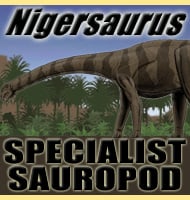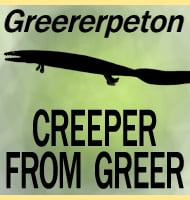In Depth
Sahonachelys is a genus of side-necked turtle that lived in Madagascar during the late Cretaceous. The name Sahonachelys means ‘frog turtle’, a reference to the frog-like appearance of the face. Sahonachelys is thought to have been a specialised suction feeder. This is evidenced by upper and lower jaw surfaces that face each other, a lack of teeth and an enlarged hyoid bone that would allow for wider mouth opening and swallowing. How the suction feeding would work is that the mouth would open very wide, and extremely quickly, resulting in a pressure vacuum within the mouth. If a Sahonachelys did this while a small fish was swimming nearby, that fish would be sucked into its mouth and swallowed whole.
Further reading
- A new pelomedusoid turtle, Sahonachelys mailakavava, from the Late Cretaceous of Madagascar provides evidence for convergent evolution of specialized suction feeding among pleurodires. - Royal Society Open Science. 8 (5): Article ID 210098. - Walter G. Joyce, Yann Rollot, Serjoscha W. Evers, Tyler R. Lyson, Lydia J. Rahantarisoa & David W. Krause - 2021.









